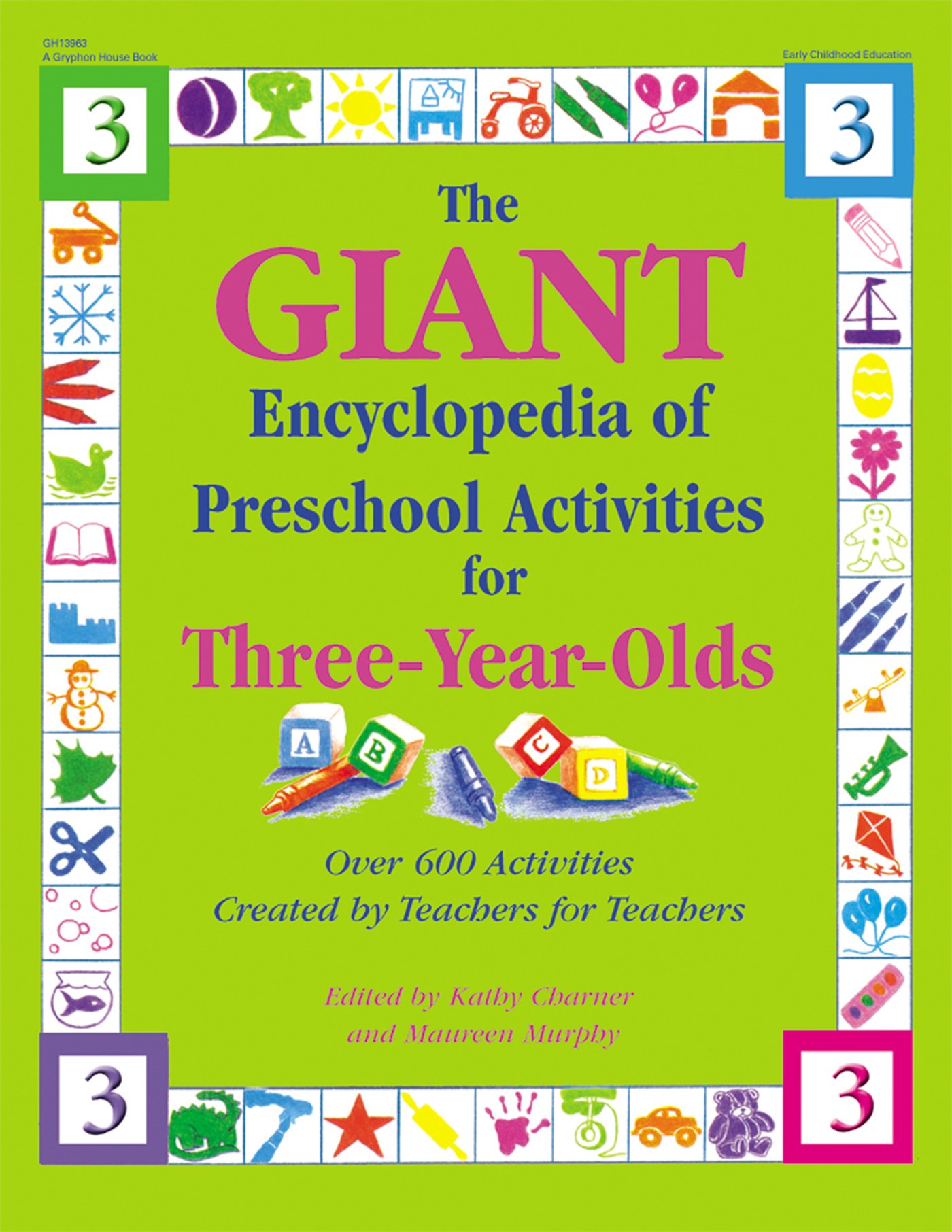In this activity, children will learn more about Kwanza and make their own symbolic corn out of paper. The name for the holiday of Kwanzaa is derived from the Swahili phrase “matunda ya kwanza” which means “first fruits." Kwanzaa is a celebration of community, family and culture that begins on December 26th and lasts for seven days. Munhundi means corn. The corn represents the children of a family (one ear of corn for each child). The corn symbolizes the parents' wish for the child to grow up strong and happy. As you do this activity with the children you care for, emphasize your wish for them to grow up strong and happy too! Find more educational activities like this one in The GIANT Encyclopedia of Preschool Activities for 3-Year-Olds.
Materials
- Information about the Kwanzaa corn
- Tagboard
- Scissors
- Yellow, orange, and green paint and brushes
- Glue
- Brown or black marker
- Brown paper (torn construction paper or tissue paper)
- String
- Paper punch
What To Do
- Munhundi means corn. The corn represents the children of a family (one ear of corn for each child). The corn symbolizes the parents' wish for the child to grow up strong and happy.
- Cut out corn shapes from tagboard.
- Ask the children how many brothers and sisters they have. Give each child one "ear of corn" for each sibling he has.
- Encourage the children to paint their corn. When the corn is dry, encourage them to glue small pieces of brown paper to the top of each ear.
- Give each child a piece of paper with information about Kwanzaa corn. Help them glue the information to the back of one ear of corn.
- Write down the names of each child's siblings on a separate ear of corn.
- Talk about what the corn symbolizes.
- Punch a hole into each ear of corn and string them together. If you tie each ear if corn to the string, they will not overlap and lay on top of each other.
- The child can take it home to be used as a door or wall hanging.
Instructions
1. Read Come Into My Garden to the children. Encourage the children to
examine the illustrations closely as you point out the various things in the
garden.
2. Make a pretend garden with the children. Fill two or three cardboard boxes
with shredded brown paper. This represents the dirt.
3. Ask the children to "plant" plastic vegetables by digging in the shredded
paper with plastic rakes or shovels.
4. Remember to point out that certain vegetables grow above the ground (such
as lettuce, beans, spinach, squash, and zucchini) and certain ones grow under
the ground (such as potatoes and carrots). Encourage the children to plant
their plastic vegetables accordingly.
5. Later, ask the children to use the shovels and rakes to dig up the garden. They
can harvest the vegetables and place them into a wicker basket or paper bag.
More to do
Art: With the children, make a huge mural of a garden scene and put it on the
wall in the Dramatic Play Center. This can serve as a backdrop for your garden.
Dramatic Play: Set up a Farmer's Market in another area of the room. The
children who dig up the vegetables can take them to the market for sale. The
children who buy them can have the fun of planting them again.
More Dramatic Play: Create a fruit area in your Dramatic Play Center by adding
a fake tree. Tape string to plastic pieces of fruit and hang them from the tree. To
save space, you can put all the fruit on one tree and label it "The Fruit Salad
Tree." Also string plastic ivy along a shelf unit and add plastic grapes. Use your
imagination to create a fun and fanciful garden!
Math: When the children are digging up the vegetables, ask them to sort them
into two bags: above-ground vegetables and below-ground vegetables. Talk about
the differences in plants that grow above and below the ground.
